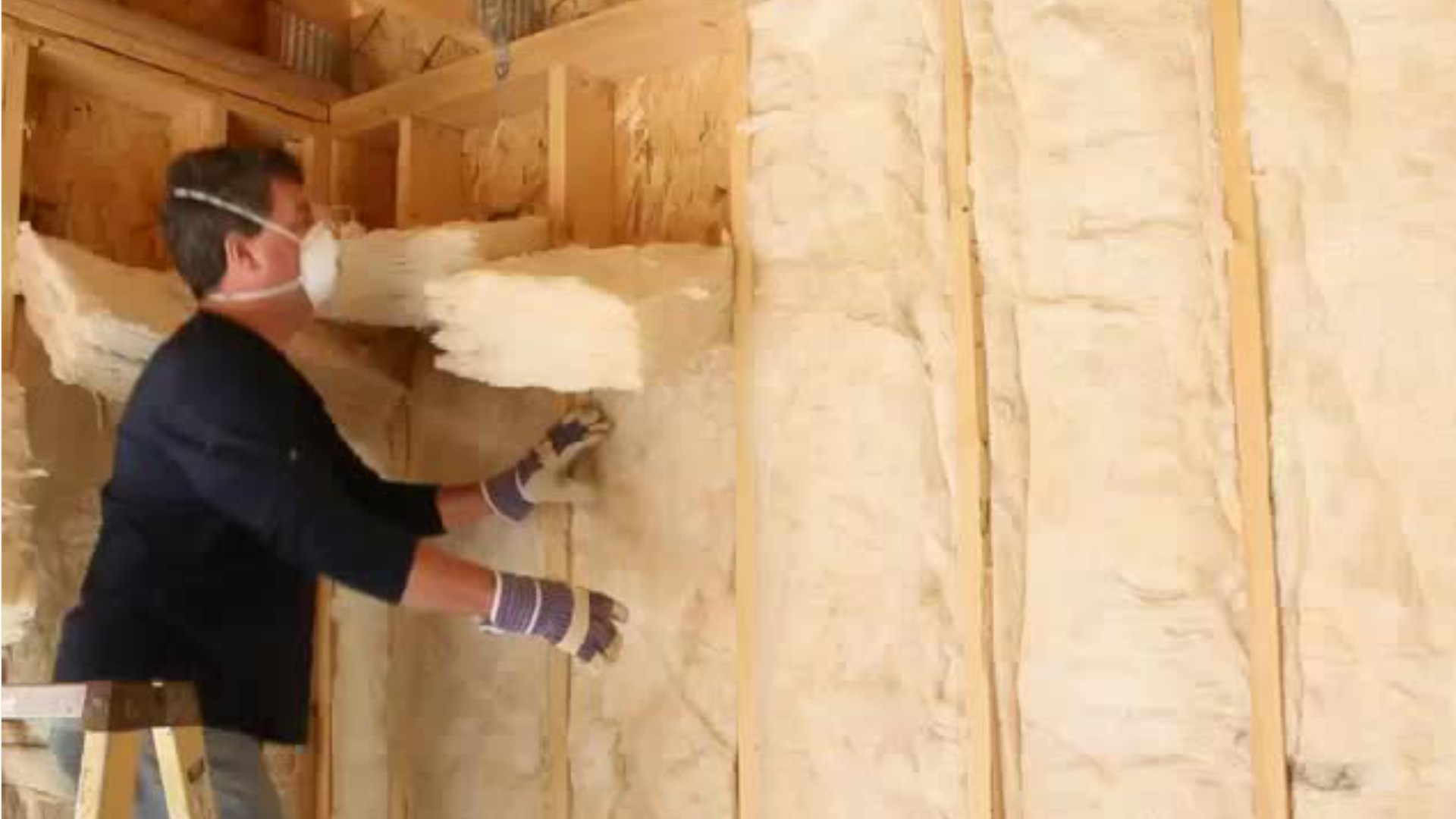Insulation Workers, Mechanical
Industrial Insulator, Insulation Mechanic, Insulator, Mechanical Insulator
 Select a military branch to see samples.
No similar titles were found.
No similar titles were found.
Select a military branch to see samples.
No similar titles were found.
No similar titles were found.
Machinery Technician; Naval Engineering Specialty
No similar titles were found.
Builder; Machinist's Mate
No similar titles were found.
What they do:
Apply insulating materials to pipes or ductwork, or other mechanical systems in order to help control and maintain temperature.
On the job, you would:
- Measure and cut insulation for covering surfaces, using tape measures, handsaws, knives, and scissors.
- Apply, remove, and repair insulation on industrial equipment, pipes, ductwork, or other mechanical systems such as heat exchangers, tanks, and vessels, to help control noise and maintain temperatures.
- Select appropriate insulation, such as fiberglass, Styrofoam, or cork, based on the heat retaining or excluding characteristics of the material.
Knowledge
Engineering and Technology
- building and construction
- mechanical
Business
- customer service
- management
Education and Training
- teaching and course design
Math and Science
- arithmetic, algebra, geometry, calculus, or statistics
Skills
Basic Skills
- keeping track of how well people and/or groups are doing in order to make improvements
- listening to others, not interrupting, and asking good questions
Problem Solving
- noticing a problem and figuring out the best way to solve it
Abilities
Hand and Finger Use
- hold or move items with your hands
- keep your arm or hand steady
Attention
- pay attention to something without being distracted
Personality
People interested in this work like activities that include practical, hands-on problems and solutions.
They do well at jobs that need:
- Dependability
- Attention to Detail
- Cautiousness
- Perseverance
- Achievement Orientation
- Integrity
Technology
You might use software like this on the job:
Data base user interface and query software
- CMSN FieldPAK
- Comput-Ability Mechanical Insulation Key Estimator
Enterprise resource planning ERP software
- IBM Maximo Asset Management
Analytical or scientific software
- North American Insulation Manufacturers Association NAIMA 3E Plus
Education
Education: (rated 2 of 5)
high school diploma/GED or
certificate after high school
usually needed
certificate after high school
usually needed
Job Outlook
Bright
New job opportunities are very likely in the future.
Explore More
- Drywall & Ceiling Tile Installers
- Floor Layers
- Insulation Workers, Floor, Ceiling, & Wall
- Pipelayers
- Sheet Metal Workers
You might like a career in one of these industries:
See more details at O*NET OnLine about Insulation Workers, Mechanical.




